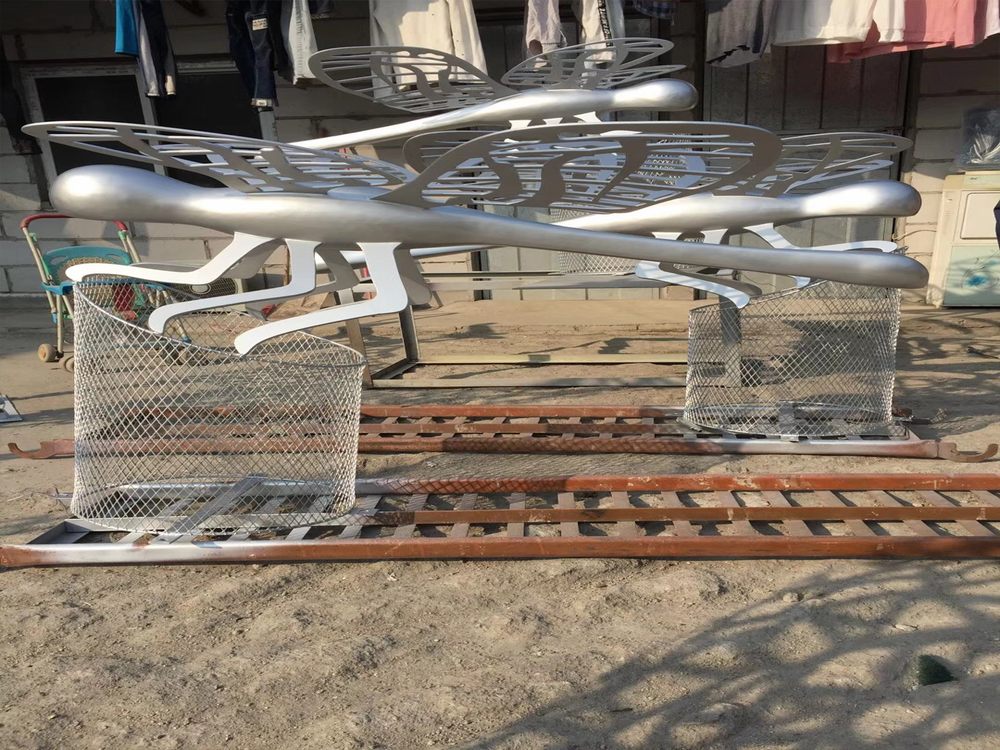
Bronze sculptures captivate viewers through their ability to convey tension, balance, and emotion. Artists achieve a sense of contrast or opposition in bronze works through several deliberate techniques.
1. Form and Composition: Sculptors juxtapose opposing shapes—curves against angles, organic vs. geometric—to create visual tension. For example, a flowing figure might emerge from a rigid base, symbolizing resilience.
2. Texture Play: Smooth, polished surfaces contrast with rough, unfinished areas to highlight duality. This technique draws attention to specific elements, like a figure’s face against a textured backdrop.
3. Patina and Color: Chemical patinas add contrasting hues (e.g., deep blues against warm golds) to emphasize depth or conflict. Artists layer oxides to create dramatic tonal shifts.
4. Dynamic Poses: Opposing forces—like a figure straining against an unseen weight—convey movement and emotional struggle. This often involves asymmetrical balance.
5. Negative Space: Strategic voids around solid forms amplify tension, making the sculpture "breathe" with implied energy.
By mastering these methods, artists transform bronze into narratives of contrast, inviting viewers to explore deeper meanings.

